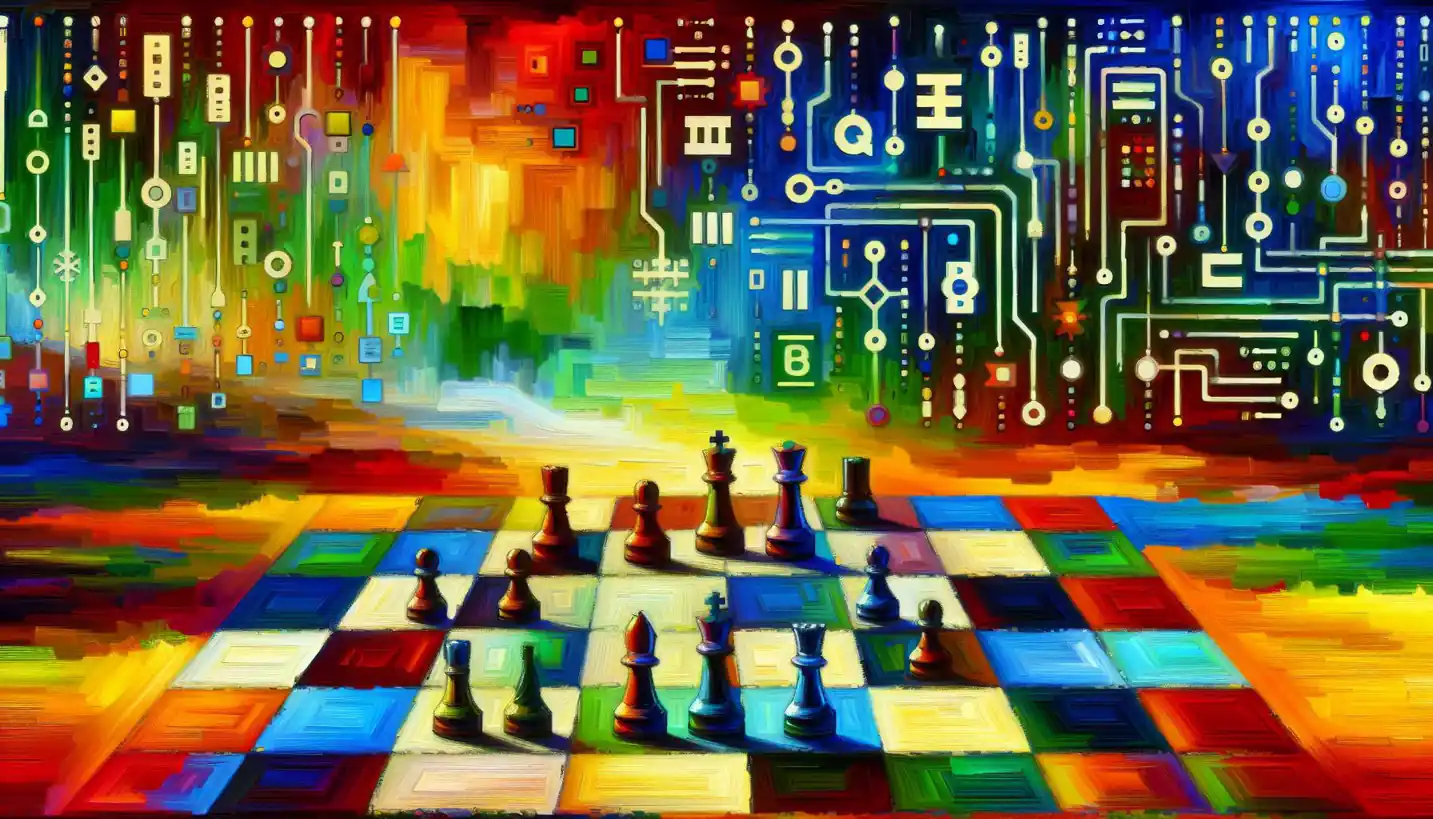· Computer Science · 4 min read
Supervised Learning: Unlocking the Potential of AI
Discover how supervised learning is unlocking AI's full potential by guiding machines with labeled data.

In today’s rapidly evolving world, technology is transforming the way we live, work, and think. As we delve into the exciting field of artificial intelligence (AI), we often encounter the term “supervised learning.” This powerful concept plays a crucial role in how machines learn to perform tasks, make decisions, and even solve problems that were once thought to be human-only domains. But what exactly is supervised learning, and why is it so important?
What is Supervised Learning?
Supervised learning is like teaching a child how to recognize objects. Imagine trying to show a child different fruits. You’d show them an apple and say, “This is an apple.” Over time, the child learns different fruits by seeing examples and being told what they are. Supervised learning works similarly in the world of AI.
In the simplest terms, supervised learning is a method where a computer learns from labeled data. This data acts as a teacher. It’s a system where you input data with known outputs, and the algorithm learns the relationship between the inputs and outputs. Once the learning phase is over, the algorithm can predict outcomes from new, unseen data.
The Science Behind Supervised Learning
At its core, supervised learning involves two main phases: training and testing. During the training phase, the algorithm is fed a dataset containing input-output pairs. For instance, if we’re dealing with a system to recognize handwritten digits, the input would be images of digits, and the output would be the specific digit each image represents.
The algorithm uses this data to learn patterns and relationships. Through processes involving complex mathematical functions and optimization techniques, it tries to minimize the difference between its predictions and the actual known outputs.
Once trained, the algorithm enters the testing phase, where it’s given new data that it hasn’t seen before. Its performance is evaluated based on its ability to predict the correct outputs. If it’s successful, it’s ready for real-world applications.
Real-Life Applications of Supervised Learning
Supervised learning isn’t just an abstract concept; it has practical applications all around us. Let’s take a look at a few examples:
Image and Speech Recognition
Think about when you upload a photo to a social media platform and it automatically tags your friends. That’s supervised learning in action! AI systems have been trained on countless labeled images to recognize faces. Similarly, speech recognition systems like Siri or Alexa use supervised learning to understand spoken language by being trained on vast datasets of audio clips paired with text.
Medical Diagnosis
In healthcare, supervised learning models analyze medical images like X-rays or MRIs to detect illnesses. By training on labeled data, they learn to identify patterns indicative of specific diseases, assisting doctors in making more accurate diagnoses.
Financial Sector
Supervised learning plays a vital role in the financial world, from fraud detection to stock market predictions. By analyzing historical transaction data, these systems can detect unusual patterns that may indicate fraudulent activity.
How Supervised Learning Transforms AI
The impact of supervised learning on AI is profound. It provides a foundation for machines to learn from experience, much as humans do. By allowing computers to process and understand vast amounts of data, they become capable of tasks ranging from mundane to highly complex.
Consider autonomous vehicles. Supervised learning provides these cars with the ability to recognize road signs, pedestrians, and other vehicles, enabling them to navigate safely. The sheer volume of data required and the precision needed highlight the importance of this technology.
Challenges in Supervised Learning
However, supervised learning isn’t without its challenges. It requires large amounts of labeled data, which can be time-consuming and expensive to gather. Moreover, if the data is biased or not representative of real-world scenarios, the model’s predictions can be flawed.
Additionally, overfitting can occur, where the model learns the training data too well, including noise and outliers, thus performing poorly on new data. Balancing the complexity of the model with its ability to generalize is a constant challenge.
The Future of Supervised Learning
As technology advances, so will the capabilities of supervised learning. Researchers are finding new ways to make algorithms more efficient, requiring less data and improving accuracy. The integration of unsupervised learning and reinforcement learning can lead to hybrid models that leverage the strengths of different approaches.
In the future, we might see AI systems that not only learn from data but also adapt and improve by interacting with their environment, leading to even more intelligent machines.
Conclusion
Supervised learning is a cornerstone of AI, enabling machines to learn from examples and make educated predictions in various fields. Despite its challenges, it remains an essential tool for innovation and development. As we continue to push the boundaries of technology, supervised learning will undoubtedly play a vital role in helping us unlock the full potential of AI. AI is reshaping our world, and understanding supervised learning is key to unlocking the possibilities that lie ahead.



